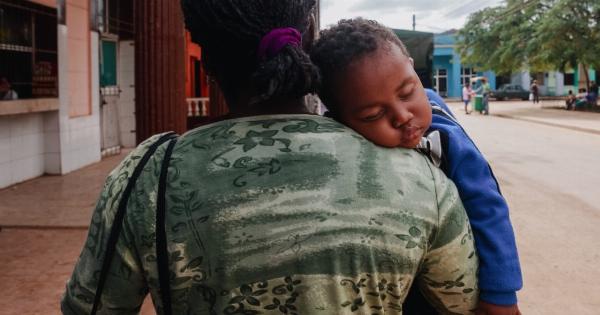Sudden Infant Death Syndrome (SIDS) is a heartbreaking tragedy that affects thousands of families each year.
This silent, unexplained killer claims the lives of seemingly healthy infants, leaving parents and researchers baffled and desperate for answers. While the exact cause of SIDS remains unknown, studies have shown a higher risk among premature babies.
In this article, we will dive into the mystery of SIDS in premature babies, exploring potential factors, prevention strategies, and ongoing research efforts.
Understanding SIDS: What is it?
Sudden Infant Death Syndrome, commonly known as SIDS, is the sudden and unexplained death of an apparently healthy infant under one year of age. The exact cause of SIDS is still a mystery, which makes prevention and management incredibly challenging.
SIDS and Premature Babies: A Disturbing Correlation
Research has shown a higher incidence of SIDS among prematurely born infants. Premature babies, those born before 37 weeks of gestation, are at an increased risk due to various factors that affect their physiological development.
Developmental Factors
Premature babies often face respiratory challenges and have underdeveloped central nervous systems. These factors, combined with other vulnerabilities, increase their susceptibility to SIDS.
Understanding the unique risks associated with premature birth is crucial to preventing these tragedies.
The Role of Breathing
Respiratory issues play a significant role in SIDS cases involving premature babies. Premature infants often have underdeveloped lungs, making it harder for them to regulate their breathing patterns.
They may have difficulty in adjusting to changes in oxygen levels during sleep, leading to SIDS.
Sleeping Environment Matters
The sleeping environment of a premature baby also contributes to their risk of SIDS. It is crucial to create a safe sleep environment that minimizes hazards.
Providing a firm mattress, eliminating loose bedding and toys, and ensuring proper room temperature can help reduce the risk of SIDS.
The Importance of Back Sleeping
Back sleeping has been a critical factor in reducing SIDS cases since the “Back to Sleep” campaign was launched.
However, premature babies may have difficulties maintaining this position due to their underdeveloped neck muscles and other physical challenges. Caregivers need to ensure that premature infants are placed in the recommended back sleeping position for their safety during sleep.
Monitoring and Supervision
Monitoring premature infants closely during sleep is essential to detect any signs of distress or irregular breathing patterns.
The use of baby monitors equipped with movement sensors can help alert caregivers to potential issues, providing an opportunity for timely intervention.
Supporting Premature Infants
Premature babies often require specialized care and support to overcome various challenges they face. Ensuring they receive adequate medical care, including respiratory support, can improve their overall health and reduce the risk of SIDS.
Regular check-ups, vaccinations, and following a healthcare provider’s recommendations are crucial.
Research Breakthroughs
Scientists and researchers are continuously working towards unraveling the mystery of SIDS in premature babies. Ongoing studies are exploring genetic factors, brain abnormalities, and other potential causes.
By understanding the underlying mechanisms, researchers aim to develop better prevention strategies and interventions to save more lives.
Counseling and Support for Families
Experiencing SIDS can be emotionally devastating for families, particularly parents of premature babies who already face unique challenges.
Counseling and support groups can help families cope with grief, guilt, and provide them with the emotional support they need during such difficult times.
Conclusion
While SIDS remains a perplexing mystery, raising awareness about the increased risk faced by premature babies is crucial.
By understanding the potential factors and taking preventive measures, we can strive to reduce the incidence of SIDS in premature infants. Ongoing research and support for affected families offer hope for a future where the mystery is unraveled, and no parent has to endure the tragedy of losing their precious child to SIDS.



























